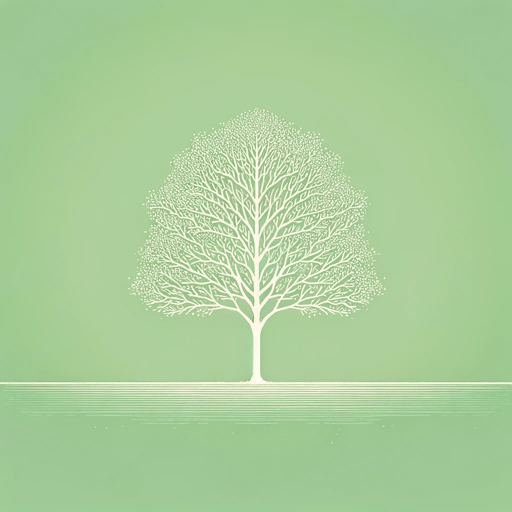50 pages • 1 hour read
Nathaniel HawthorneThe Blithedale Romance
Fiction | Novel | Adult | Published in 1851A modern alternative to SparkNotes and CliffsNotes, SuperSummary offers high-quality Study Guides with detailed chapter summaries and analysis of major themes, characters, and more.
Symbols & Motifs
Zenobia’s Flower
When Coverdale first meets Zenobia, he immediately notices that she wears a single flower in her hair. This flower, rare and exotic, has the power to trigger Coverdale’s memory years later. He interprets this blossom as representative of Zenobia’s character. Throughout the novel, Zenobia wears a new flower every day, but at the very end of the book, she dons a jeweled flower in place of the real blossoms.
While Coverdale suggests that the flower symbolizes Zenobia’s pride, other mentions of Zenobia in relation to flowers reveal not just pride but the possibilities inherent in Zenobia. Priscilla, likewise, is frequently referred to as a flower. When Coverdale first views the young girl, he compares her to “a flower-shrub that had done its best to blossom in too scanty light” (27). Nevertheless, under Zenobia’s influence, Priscilla grows “to be a very pretty girl, and still [keeps] budding and blossoming” (72). Thus, while Zenobia’s ornamental flowers become a part of her mystique, her power over the flowers in her world—both the real blossoms and those symbolized by people—become symbolic of her ability to bring ripeness and vibrancy to the world.
The flower she wears in her hair, though, also symbolizes Zenobia’s life force.
Related Titles
By Nathaniel Hawthorne
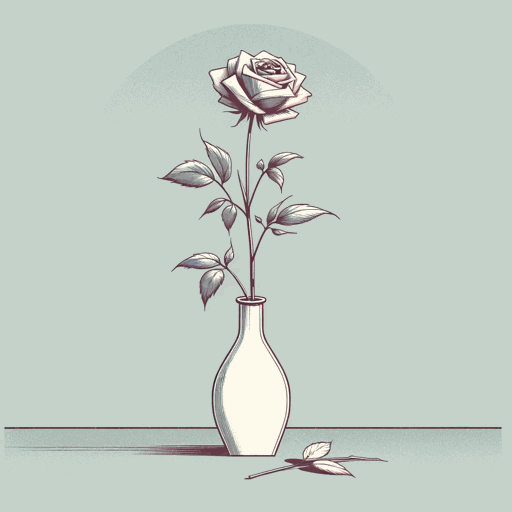
Dr. Heidegger's Experiment
Nathaniel Hawthorne
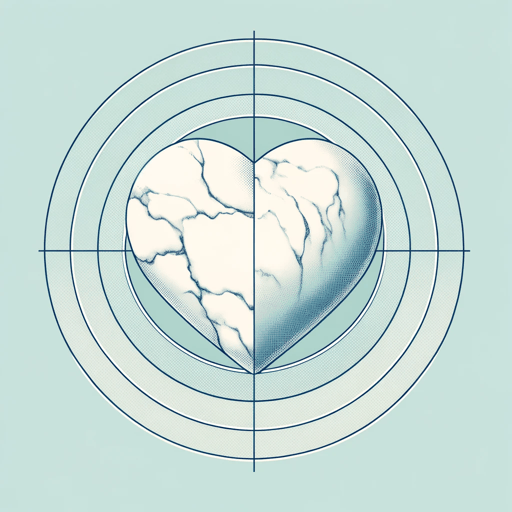
Ethan Brand
Nathaniel Hawthorne

My Kinsman Major Molineux
Nathaniel Hawthorne
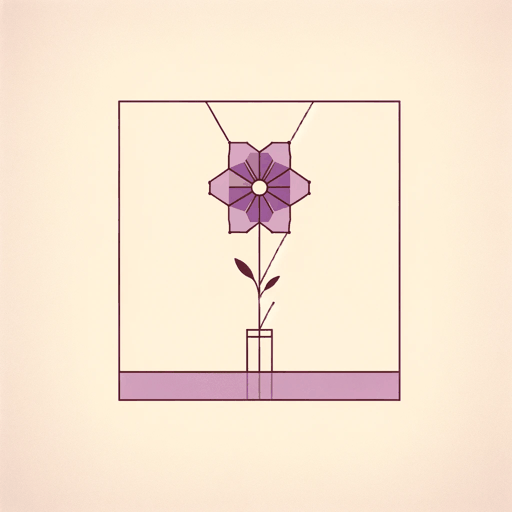
Rappaccini's Daughter
Nathaniel Hawthorne

The Ambitious Guest
Nathaniel Hawthorne
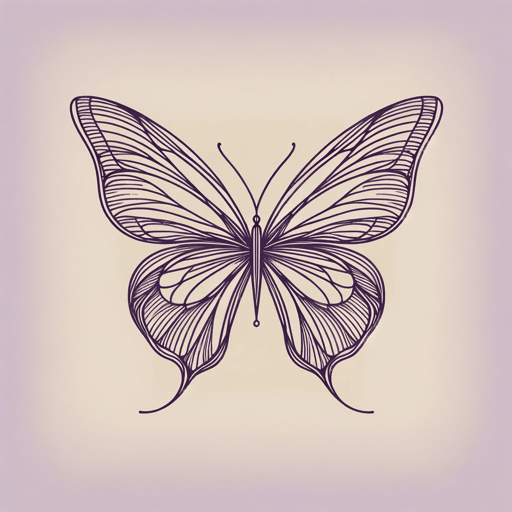
The Artist of the Beautiful
Nathaniel Hawthorne
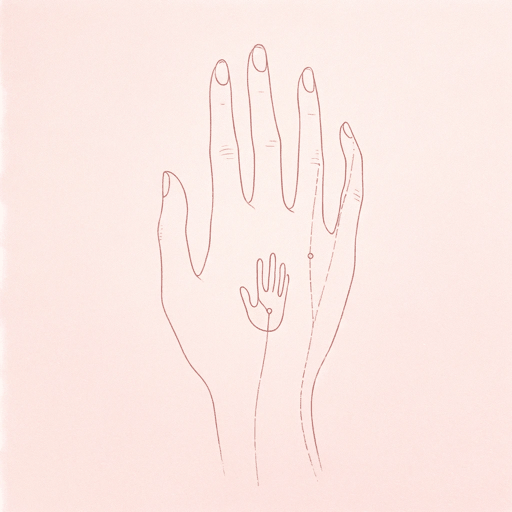
The Birthmark
Nathaniel Hawthorne
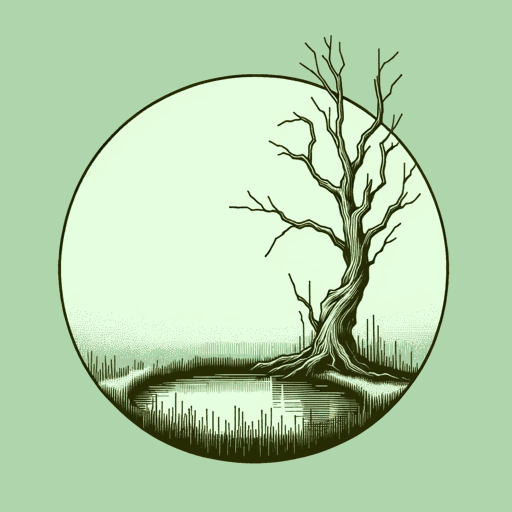
The Hollow of the Three Hills
Nathaniel Hawthorne
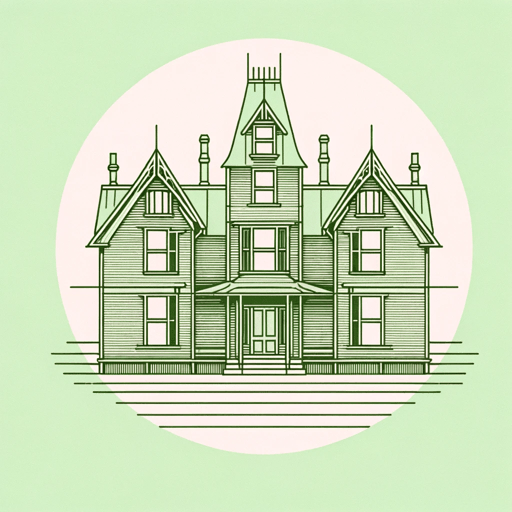
The House of the Seven Gables
Nathaniel Hawthorne
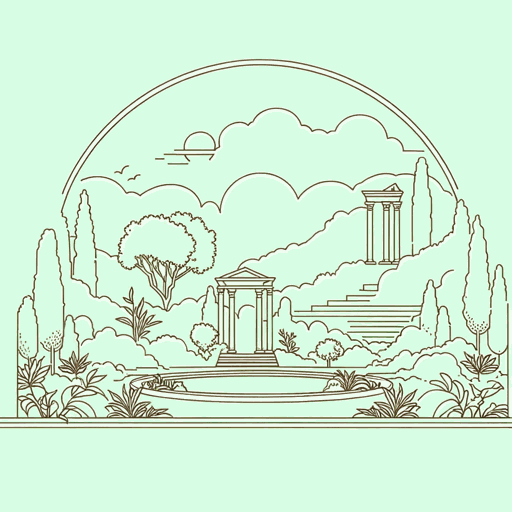
The Marble Faun
Nathaniel Hawthorne
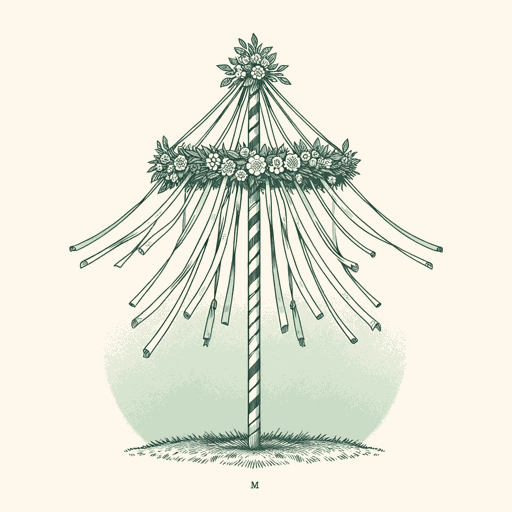
The Maypole Of Merry Mount
Nathaniel Hawthorne
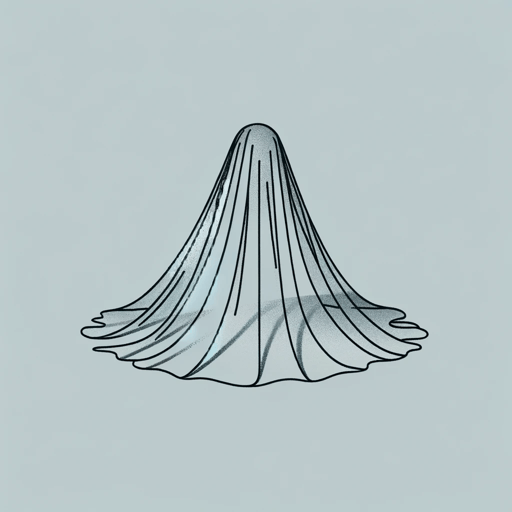
The Minister's Black Veil
Nathaniel Hawthorne
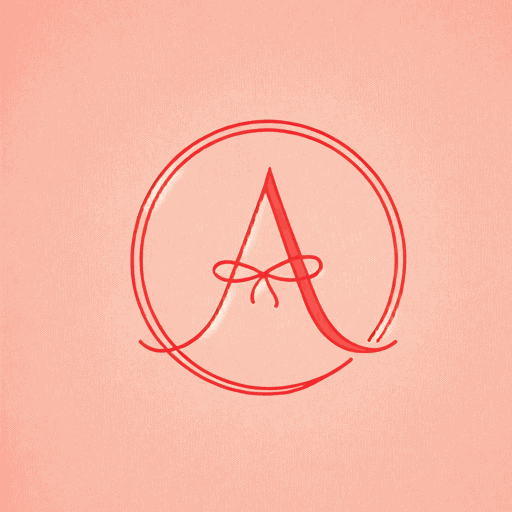
The Scarlet Letter
Nathaniel Hawthorne

The Wives of the Dead
Nathaniel Hawthorne

Young Goodman Brown
Nathaniel Hawthorne
